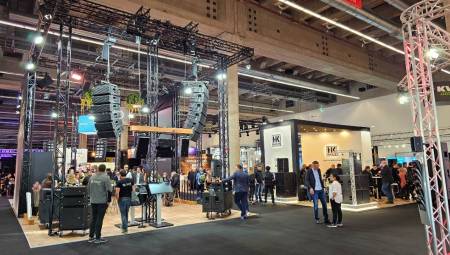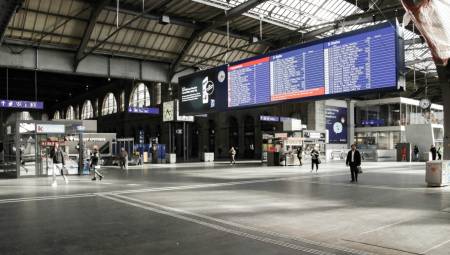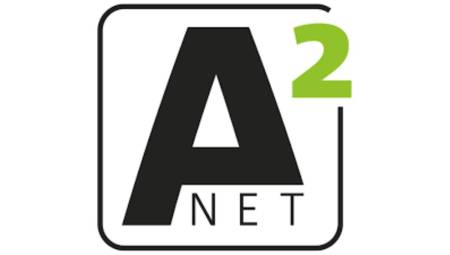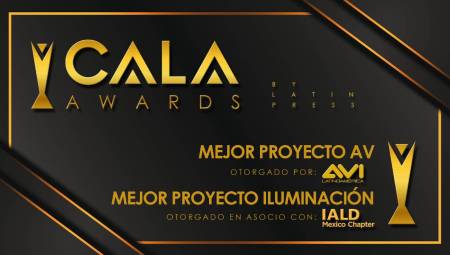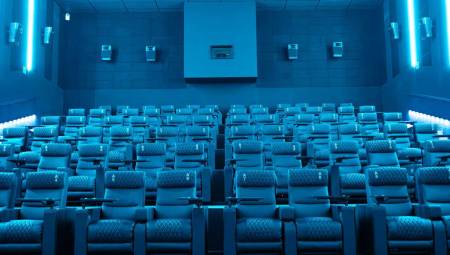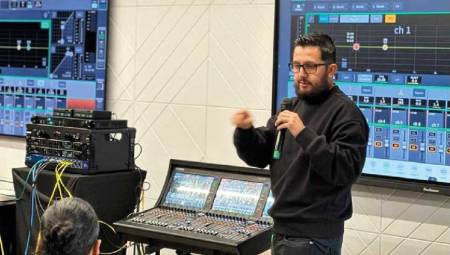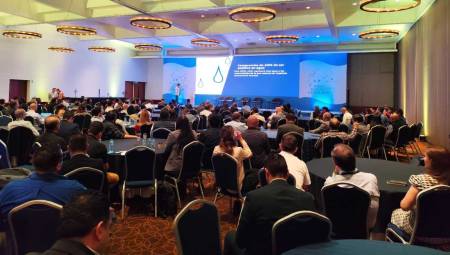 Latin America. New technologies have generated transformations in all areas and academia is no exception. A few years ago, the term "interactive classrooms" began to emerge as a challenge for teachers and institutions. At first it was the transformation from paper to digital; then, the appearance of electronic devices; now, it is the same classroom that is adapted to meet the new academic learning needs of the new generations.
Latin America. New technologies have generated transformations in all areas and academia is no exception. A few years ago, the term "interactive classrooms" began to emerge as a challenge for teachers and institutions. At first it was the transformation from paper to digital; then, the appearance of electronic devices; now, it is the same classroom that is adapted to meet the new academic learning needs of the new generations.
Interactive whiteboards and projectors are the new elements that predominate in a third of the world's classrooms, according to Cambridge International, with Epson being one of the protagonists.
These products help to maintain the interest and concentration of today's children and young people and one of the most important features they must have is the ease of installation and use.
In that sense, the Epson BrightLink 675Wi+ Projector and BrightLink 695Wi+, with the annotation board mode, without a computer, allows teachers to enter the classroom, turn on the projector and can start with the class. The interactive function does not require driver installations and is automatically calibrated; as a result, a high-performance interactive whiteboard is obtained.
Epson projectors are very intuitive equipment that masters choose for their luminosity, ease of use and reliability. The Epson BrightLink 675Wi+ and BrightLink 695Wi+ projectors have a brightness of 3,200 lumens in white and color in the 675Wi+ version and 3,500 lumens in the 695Wi+ version, achieving high image quality and natural colors with a service life of 10,000hs. With WXGA resolution, these devices allow you to project up to 100" interactive, with the great advantage of eliminating shadows and annoying flashes in the eyes. In addition, they offer the highest level of interactivity allowing you to write with two styluses and with your hand simultaneously (BL-695Wi+).
Interactive classrooms bring benefits for both students and teachers: it allows an improvement in time management; the formation of necessary skills such as creativity, collaboration, critical thinking, problem solving and digital knowledge and the immediate evaluation of learning in students.
"The implementation of digital classrooms in our country is growing. Although the penetration of interactive devices in digital classrooms in Latin America is only 8%, in our region interest in these equipment is growing a lot at the three levels: initial, primary, secondary and even university. It is a type of technology that is novel and practical in the classroom," said Paulina Rivera, Sr. Product Manager Projectors at Epson.




